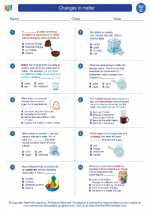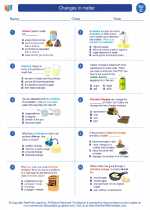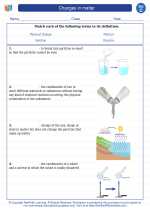Key Concepts to Understand about the Pleistocene
- Glaciations: The Pleistocene was characterized by multiple glaciations, during which large ice sheets covered much of the Northern Hemisphere. These ice ages had a significant impact on the Earth's surface, carving out valleys, shaping mountains, and influencing the distribution of flora and fauna.
- Climate Change: The climate during the Pleistocene was highly variable, with periods of intense cold followed by warmer interglacial periods. These fluctuations in temperature had a profound effect on ecosystems and the adaptation of organisms to changing environments.
- Megafauna: The Pleistocene was home to a variety of large mammal species, often referred to as megafauna. These included iconic animals such as mammoths, mastodons, saber-toothed cats, and giant ground sloths. The extinction of many of these creatures is a subject of ongoing scientific inquiry and debate.
- Human Evolution: The Pleistocene is the epoch during which our own species, Homo sapiens, emerged and spread across the planet. Understanding the environmental challenges faced by early humans during this time can provide valuable insights into our evolutionary history.
Study Guide for the Pleistocene
1. What were the major geological features of the Pleistocene?
The Pleistocene was characterized by extensive glaciations, which formed large ice sheets and glaciers. These icy formations sculpted the landscape, creating features such as U-shaped valleys, moraines, and drumlins.
2. How did climate change impact the Pleistocene environment?
The climate during the Pleistocene was marked by fluctuations between cold glacial periods and warmer interglacial periods. These changes influenced the distribution of plant and animal species, as well as the extent of ice cover on the planet.
3. What were some of the megafauna that lived during the Pleistocene?
Megafauna of the Pleistocene included mammoths, mastodons, saber-toothed cats, giant ground sloths, and woolly rhinoceroses, among others. Many of these large mammals went extinct by the end of the epoch.
4. How did human populations evolve during the Pleistocene?
Early humans, such as Homo erectus and Homo neanderthalensis, inhabited various regions of the world during the Pleistocene. The development of tools, language, and social structures allowed human populations to adapt to changing environmental conditions.
5. What are some of the key scientific questions about the Pleistocene?
Scientists are actively researching the causes of megafaunal extinctions, the impact of climate change on ancient human populations, and the interplay between environmental factors and evolutionary processes during the Pleistocene.
.◂Science Worksheets and Study Guides Third Grade. Changes in matter

 Worksheet/Answer key
Worksheet/Answer key
 Worksheet/Answer key
Worksheet/Answer key
 Worksheet/Answer key
Worksheet/Answer key
 Vocabulary/Answer key
Vocabulary/Answer key
